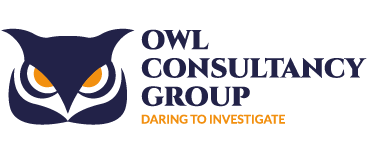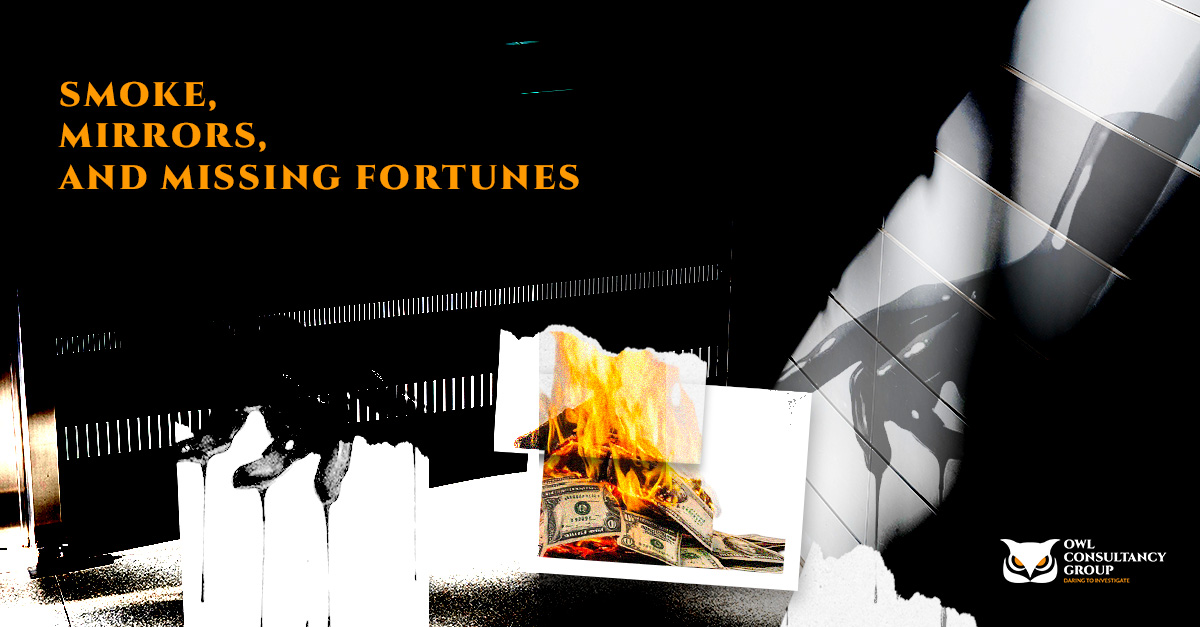In 2023, there were 452,990 bankruptcies in the US, representing an increase of almost 17 percent from the previous year. Preliminary figures show another rise in 2024.
Higher interest rates have been blamed as a key reason for this.
But what about those strategic bankruptcies? The ones used to conceal a major fraud or another crime such as money laundering, corruption or bribery? Or perhaps the bankruptcy has been conveniently planned once all assets have been safely squirrelled away.
There is a dark side to bankruptcy, one that is used to protect bad actors at your expense.
What happens in bankruptcy cases?
Whenever bankruptcy is declared. assets need to be traced and recovered so that they can be used to recoup losses for those who are owed. So how does a bankruptcy case develop?
Every case will begin with the bankrupt company filing a petition to the bankruptcy courts. This must include statements of assets, income, liabilities, and creditors’ details, including how much they are owed. Debt collection actions against the debtor will be stayed. Some bankruptcy cases include a plan for repayment of creditors; others will simply liquidate assets, sometimes with little or no money left at the end to pay unsecured debts.
There is a clear hierarchy that dictates in what order creditors get paid. Preferential creditors, in the first place, include employees with unpaid wages, and tax authorities. Secured claims (for example, mortgage holders) are in second place and will be paid before unsecured claims, like unpaid bills from the supply of products or services.
Finding hidden assets
When a company or individual declares Chapter 7 pr 13 bankruptcy, there will be a trustee investigation by a neutral party. Because, to have their debts “discharged,” the responsible parties must fully disclose their financial situation and bankruptcy assets.
Of course, not everyone does. Which is why investigators are tasked with finding any hidden assets. Perhaps the company or individual has lied about the assets they own. Maybe they’ve transferred them into someone else’s name temporarily. Or perhaps they’ve created fake liens or mortgages to reduce the value of assets. And in today’s digital world, cryptocurrency is another key way of hiding assets.
If you’ve had the misfortune to do business with a criminal company, they will have no second thoughts about hiding their assets in places where they are hard to trace.
As part of their responsibilities, the trustee will first look for evidence of fraud or criminal activity, whether it’s hidden assets or fraudulent transactions that were made before the company or individual filed for bankruptcy.
If trustees spot anything that could be suspicious — or are tipped off by creditors who have knowledge of criminal activity — then investigators will comb through everything from bank records to tax returns, public records and payroll deposits. If you’re owed and you suspect something isn’t right, you also want investigators who can put boots on the ground, because not everything comes with a neat paper trail.
They have the legal power to check homes and properties, perhaps even looking inside storage facilities or safe deposit boxes – anything that could store assets of value if the trustee has doubts about fraud.
Checking for unfair practices
In the case of Chapter 11 bankruptcy, a creditors’ committee is given powers to investigate. Because even companies and individuals who only chose bankruptcy as a last resort, may not have managed the situation fairly.
The committee can look into past businesses as well as the present one, depose debtors’ directors and management, subpoena records and speak to employees as part of its inquiry.
It will investigate things like whether any creditors received preferential treatment, if the debtor loaded up on excess merchandise ahead of the bankruptcy, or if major creditors were paid down in anticipation of bankruptcy.
Because you always need investigators who will dig deep in the darkness to uncover any wrongdoing. When it comes to clawing back the money you’re owed, you need to know that no stone was left unturned.
It starts with investigations
If you’re a creditor in a bankruptcy case, you want to be sure that the bankrupt business has declared and liquidized all assets, to maximize the possibility of the debt being paid. Unscrupulous and criminal debtors have been known to conceal assets which should be included in the settlement.
At The Owl, our asset tracing services dive deep so you can identify, secure and recover assets that should be included in a bankruptcy estate. Our expertise is matched by our boutique approach, tailoring our investigation to your specific circumstances.
If bad-faith actors have been involved, we work across borders and languages to map out where assets may have been squirrelled away.
In uncertain financial times, with bankruptcy on the rise, and bad actors seeking to bend the law for their own benefit, it’s never been more critical to stay alert. Our professional asset tracing services enable you to ensure that you’re not being cheated by unscrupulous business partners trying to avoid paying their debts.
🦉 Want to know more? Shoot us a hoot.



